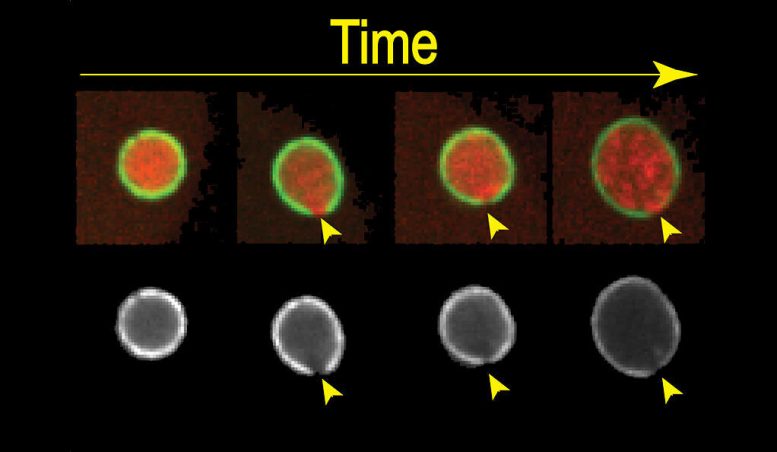
Yale researchers discovered that proteins act like carpenters to repair damaged cell membranes caused by lasers or disease mutations. The nuclear membrane scaffold helps the healing process by assisting in the repair.
All DNA is sealed within the cell’s nuclear membrane, which protects it from molecular marauders. But what happens when that protective envelope rips? Yale researchers tracked the repair process in developing embryos of the worm C. elegans.
In cells with membranes damaged by lasers or disease mutations, a family of proteins act like carpenters to reseal the breach. The Yale team found that the structural scaffold of the nuclear membrane helps the repair of the breach during the healing process, they report January 31 in the journal Molecular Biology of the Cell.
“If the envelope rips, the embryos survive because the structural scaffold stabilizes the tear and keeps the DNA protected,” said Shirin Bahmanyar, assistant professor of molecular, cellular and developmental biology.
The insights may one day help develop treatments for disorders caused by ruptures in nuclear envelopes, or alternately damage or kill cells with mutations that cause cancers or other diseases, the authors say.
Reference: “Dynein-pulling forces counteract lamin-mediated nuclear stability during nuclear envelope repair” by Lauren Penfield, Brian Wysolmerski, Michael Mauro, Reza Farhadifar, Michael A. Martinez, Ronald Biggs, Hai-Yin Wu, Curtis Broberg, Daniel Needleman and Shirin Bahmanyar, 2 April 2018, MBoC.
DOI: 10.1091/mbc.E17-06-0374

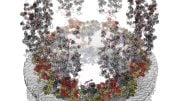
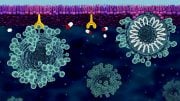
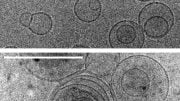
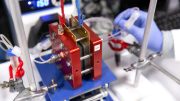
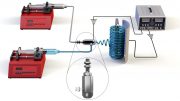
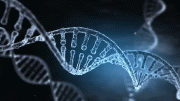

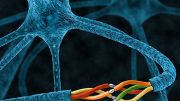
Be the first to comment on "Yale Researchers Track How Cells Repair Rips in DNA"